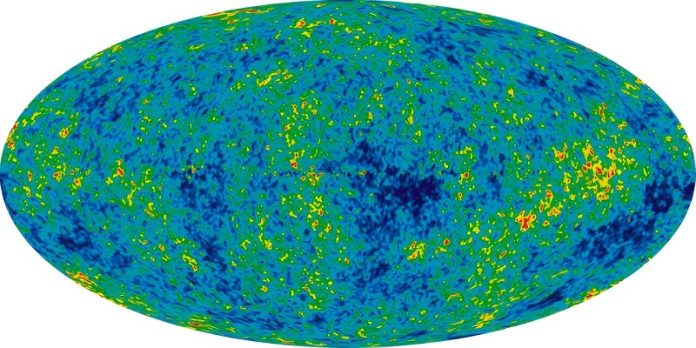
In 1998, scientists made a groundbreaking discovery: our universe is expanding at an accelerating rate.
To explain this, they introduced the concept of dark energy—a mysterious force that fills all of space-time but remains undetectable by direct methods.
Dark energy plays a central role in the standard cosmological model, which describes how the universe works.
However, this model has some significant problems, such as the cosmological constant problem and the fine-tuning problem, which remain unresolved.
Researchers at Kant Baltic Federal University (BFU) have explored a different approach to understanding dark energy.
They focused on a holographic dark energy model, which is based on the holographic principle.
This principle, derived from quantum gravity and string theory, suggests that everything within a certain volume of space can be described by information on its boundary.
Essentially, the universe could be thought of as a hologram, with its properties defined by its edges.
This holographic dark energy model was first proposed in 2004, but it faced a major challenge. In cosmology, dark energy is often treated like a liquid that uniformly fills the universe.
Scientists use a parameter called the “square of the sound velocity” to study fluctuations within this “liquid.”
If this parameter is negative, the model is considered unstable, which was the case with previous versions of the holographic dark energy model.
The BFU research team proposed a new way of looking at this issue. Instead of viewing dark energy as a liquid, they suggest it should be understood as dark energy perturbations—small disturbances that reflect its complex properties. By considering these perturbations, they found that the model is actually stable.
The next step for the researchers is to compare their model with real observational data. In 2024, precise data became available from space-based telescopes, including information on redshift in Type Ia supernovae and baryon acoustic oscillations. By comparing this data with their model, the scientists hope to determine how well it describes our universe.
This breakthrough offers a new, more stable way to think about dark energy, potentially bringing us closer to understanding the true nature of our universe.



